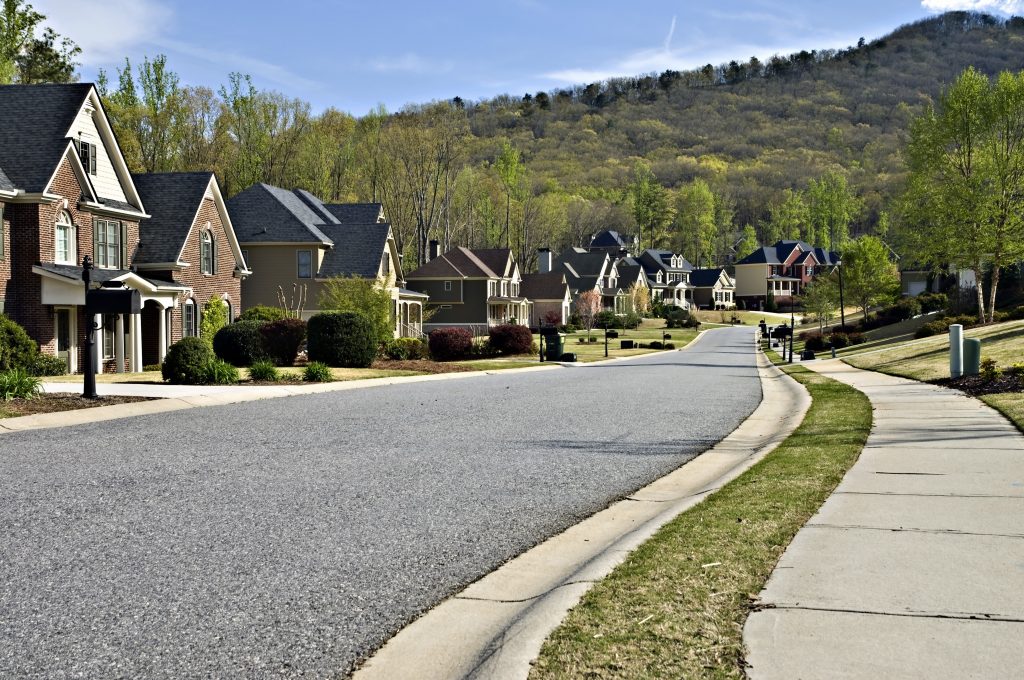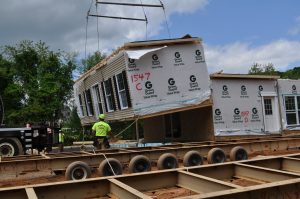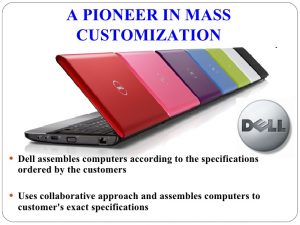Modular Construction and Mass Customization – Bringing You Better Homes


Mass customization is a concept to manufacture a relatively high volume of product options for a relatively large market that demands customization, without tradeoffs in cost, delivery, and quality. Modular construction is the term used to describe the use of factory-produced building modules that are delivered to a site and then assembled into a building. By combining the modular construction method with the mass customization concept, custom home building is on the cusp of seeing its first great leap forward in 200 years.
The Modular Construction (R)evolution
Many people first think of the Modern Homes Series offered by the Sears Roebuck Company as the first modular built homes. While these were the first prefabricated kit homes popular in the U.S., modular construction had already been alive and well for almost 70 years in England. Henry Manning was building components and shipping them to Australia under the name of the Manning Portable Cottage in the 1830’s. Modular Construction continued to grow in the U.S. and expanded into a commercial building in the 1950’s. Schools, medical facilities, and business buildings are all areas where modular construction took root.
 In the 1960’s modular construction was still in its infancy in the U.S. However, another type of housing was also getting traction, the trailer home. During this parallel growth period for both industries, 1960 through the 1990’s, the general public easily confused the two types of homes. While the purpose and construction codes are completely different for each of these two building methods, perception is the reality for most. The modular home industry suffered because of this confusion. By the year 2000, modular construction was making huge strides in its ability to provide custom home design to the home buying market and to further differentiate itself as a superior building method.
In the 1960’s modular construction was still in its infancy in the U.S. However, another type of housing was also getting traction, the trailer home. During this parallel growth period for both industries, 1960 through the 1990’s, the general public easily confused the two types of homes. While the purpose and construction codes are completely different for each of these two building methods, perception is the reality for most. The modular home industry suffered because of this confusion. By the year 2000, modular construction was making huge strides in its ability to provide custom home design to the home buying market and to further differentiate itself as a superior building method.
During the building boom through 2007/2008, modular home construction grew just like the rest of the construction industry. And when the bust occurred, modular construction suffered a setback just as the rest of the construction industry did. However, during the recovery, the construction industry and the home buying public alike are looking at modular construction through different glasses. Construction labor has vanished. Housing prices are increasing and demand for new homes is increasing. The market demands an energy efficient home with great design and at a good value. Modular construction, as a building system, is ready to takes its place in the revolution to determine how homes will be constructed in the U.S. going forward.
What is Mass Customization?
 Mass customization is a relatively new concept in business for the manufacturing and service industries. The aim of the mass customization concept is to gain a tremendous increase in variety and customization without a corresponding increase in costs. The modular construction industry is working diligently to apply this principle to its home manufacturing process. America is a land of individuality. While homes require a floor, walls, and a roof, home buyers expect to be able to determine what they will look like.
Mass customization is a relatively new concept in business for the manufacturing and service industries. The aim of the mass customization concept is to gain a tremendous increase in variety and customization without a corresponding increase in costs. The modular construction industry is working diligently to apply this principle to its home manufacturing process. America is a land of individuality. While homes require a floor, walls, and a roof, home buyers expect to be able to determine what they will look like.
A variation of mass customization is known as collaborative customization. It is also known as co-creation. It is essentially today’s process of creating a custom home plan. However, in the general residential construction industry, there is limited automation behind it. Modular construction is the perfect vehicle for implementing the concept of mass customization in the new home market.
Improving Modular Construction with Mass Customization
Less than 5% of home buyers hire and can afford to pay an architect to design their home. Technology is coming to the residential design and construction process. It is known as BIM – Building Information Modeling. BIM is an intelligent 3D model-based process that gives design, engineering, and construction professionals (builders) the tools to more efficiently plan, design, construct and manage home building.
Better design can be built into the process. Buildings can use structural specifications that require less wood, are stronger, and that are more energy efficient and all of this at a lower cost. All of this without sacrificing interior and exterior design. Actually, home design is enhanced because the tool understands options that are available and can readily introduce them to the custom home buyer.
RELATED: WHAT’S YOUR STYLE? MEETING IT WITH MODULAR!
BIM can model how a home will work. Through its modeling processes, a home’s energy performance can be predicted, and then enhanced if necessary, before it is even built. Modular construction then becomes the vehicle to produce a single customized home as part of a mass home production process that was designed using BIM technology.
Bringing a Better Home to the Housing Market
Modular construction takes home construction and turns it into a manufacturing process. By becoming a manufacturing process this means that automation can be applied to create many of the components of a home in a factory environment. These high quality components can then be assembled into a larger component (or module) creating a high quality, energy efficient, well designed, value driven, and very custom home.
Stay tuned for future updates. The home construction industry has only seen incremental improvements over the last 200 years. Technology and the internet are teaming up to bring powerful new ways to deliver better homes to the masses using modular construction. These new ways of providing homes will develop rapidly in the coming years.
The post Modular Construction and Mass Customization – Bringing You Better Homes appeared first on Impresa Modular.




